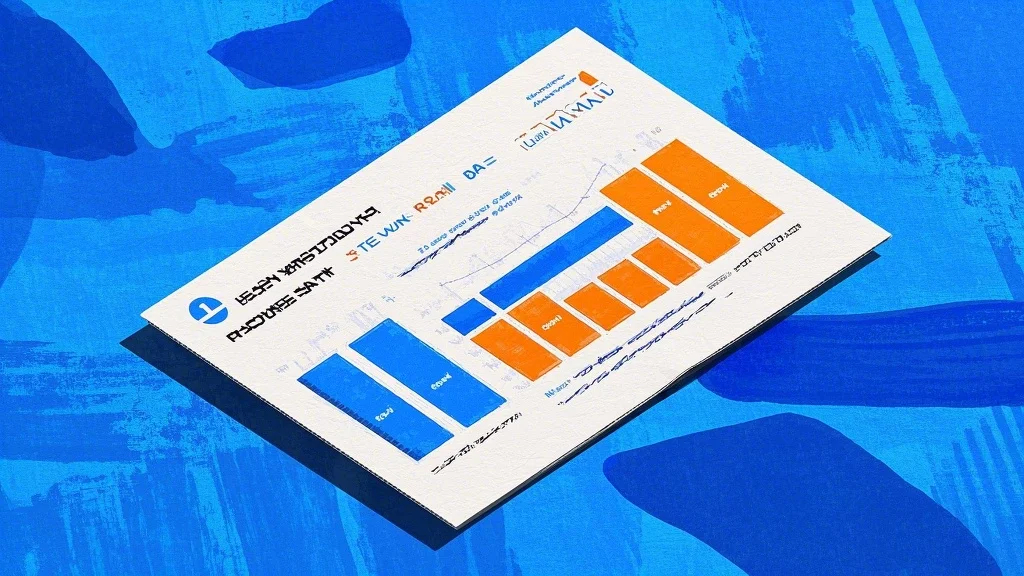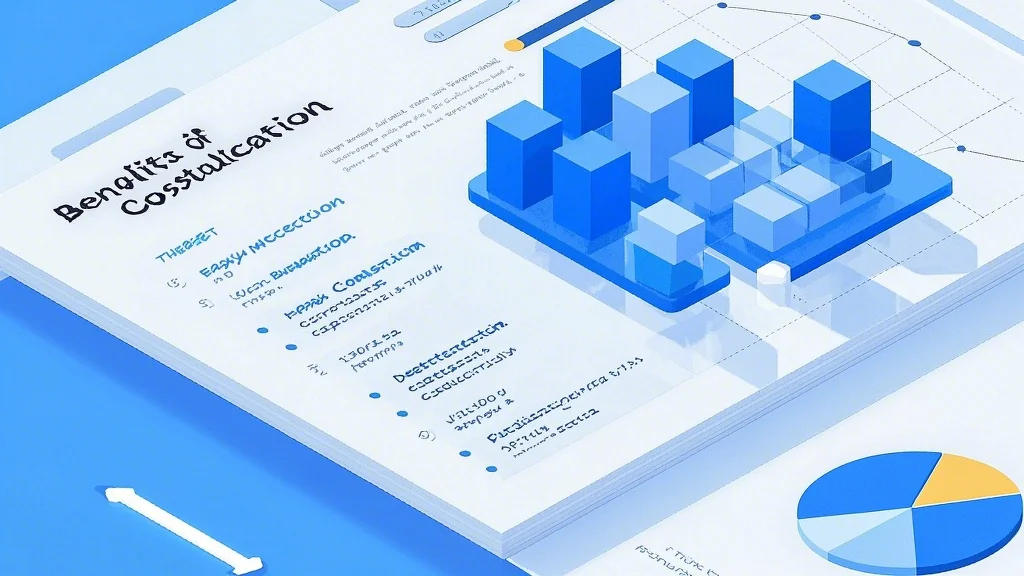When it comes to refinancing your mortgage, choosing between fixed and variable rates can be a daunting task. This article provides a detailed comparison of fixed vs. variable mortgage refinance rates, helping you understand the benefits and drawbacks of each option. Whether you’re looking to save money, lock in a stable rate, or take advantage of market fluctuations, this guide will help you make an informed decision.

fixed mortgage rates, variable mortgage refinance, mortgage refinance guide, fixed vs. variable mortgage, mortgage rates comparison, home equity, refinancing options, stable vs. adjustable rates, financial planning, home ownership costs.
When it comes to refinancing your mortgage, one of the most critical decisions you’ll make is whether to choose a fixed-rate or a variable-rate mortgage. Both options have their pros and cons, and the right choice for you will depend on your financial goals, risk tolerance, and how long you plan to stay in your home.
In this article, we’ll break down the differences between fixed and variable mortgage refinance rates, helping you understand which option might be the best fit for your situation.
What Are Fixed-Rate Mortgages?
Fixed-rate mortgages are a popular choice for homebuyers and refinancers alike because they offer stability. With a fixed-rate mortgage, the interest rate remains the same for the entire term of the loan, whether that’s 15, 20, or 30 years. This means your monthly payment will also stay the same, making it easier to budget for the long term.
One of the key advantages of a fixed-rate mortgage is that you’re protected from rising interest rates. If the market rates go up, your rate stays the same, and you don’t have to worry about your monthly payments increasing. This can be a huge relief for homeowners who want peace of mind and don’t want to deal with the uncertainty of fluctuating rates.
However, fixed-rate mortgages also have some drawbacks. For one, they typically come with higher initial interest rates compared to adjustable-rate mortgages (ARMs). This means your monthly payments might be higher right from the start. Additionally, if interest rates drop significantly, you won’t benefit from those lower rates unless you refinance again, which can be a hassle and cost money in fees.
What Are Variable-Rate Mortgages?
Variable-rate mortgages (also known as adjustable-rate mortgages or ARMs) are designed to offer more flexibility and potentially lower monthly payments. With a variable-rate mortgage, the interest rate adjusts periodically based on a benchmark rate, such as the prime rate or a specific index. This means your monthly payments can go up or down over time, depending on how the market changes.
One of the main advantages of a variable-rate mortgage is the potential for lower initial payments. Since the starting interest rate is often lower than a fixed-rate mortgage, you might be able to save money in the early years of your loan. This can be especially beneficial if you plan to sell your home before the rate adjusts or if you’re confident that interest rates will remain low.
But there are also risks associated with variable-rate mortgages. Since the rate can change over time, your monthly payments could increase significantly if interest rates rise. This makes them a less predictable option for homeowners who want stability. Additionally, if rates drop, you might benefit from lower payments, but you’ll need to carefully monitor your loan terms to ensure you’re not paying more than necessary.
How to Decide Between Fixed and Variable Rates?
Choosing between fixed and variable mortgage refinance rates comes down to several factors:
Interest Rates: If fixed-rate mortgages are currently lower than variable rates, it might be worth locking in a fixed rate to avoid future increases. Conversely, if variable rates are significantly lower, you might want to consider an ARM to save money in the short term.
Time Horizon: If you plan to stay in your home for the long term (10 years), a fixed-rate mortgage might be a safer bet because it provides stability over time. On the other hand, if you’re only planning to stay for a few years, a variable-rate mortgage could be more cost-effective.
Risk Tolerance: Are you comfortable with the possibility of higher monthly payments in the future? If not, a fixed-rate mortgage might be the better choice. If you’re willing to take on some risk for the potential of lower payments, an ARM could be worth considering.
Market Conditions: If you believe interest rates are likely to drop in the near future, a variable-rate mortgage might be beneficial. However, if you think rates are set to rise, a fixed-rate mortgage could protect you from increased costs.
Fees and Terms: Make sure to compare closing costs, fees, and other terms when deciding between fixed and variable rates. Sometimes, the savings on the interest rate might be offset by higher fees, so it’s important to do the math and choose the option that saves you the most money in the long run.
By evaluating these factors, you can make a more informed decision about whether a fixed-rate or variable-rate mortgage is the right choice for you.
Continued from Part 1…
Breaking Down the Costs: Fixed vs. Variable Rates
When comparing fixed and variable mortgage refinance rates, it’s important to look at the total cost of each option over the life of the loan. While fixed-rate mortgages may have higher initial rates, their stability can lead to lower overall costs if interest rates rise. Variable-rate mortgages, on the other hand, may seem more affordable at first, but their fluctuating rates can increase your total cost if rates go up.
Let’s break this down with an example:
Fixed-Rate Mortgage Example:
Loan amount: $200,000
Fixed interest rate: 4.5%
Term: 30 years
With a fixed-rate mortgage at 4.5%, your monthly payment would be approximately $1,011. Over the course of 30 years, you’d pay a total of $364,000 in principal and interest.
Variable-Rate Mortgage Example:
Loan amount: $200,000
Initial interest rate: 3.5% (adjusts every 5 years)
Term: 30 years
Assuming an average rate adjustment of 5% over the life of the loan, your monthly payments could range from $910 to $1,250. The total cost of the loan could be as low as $327,000 or as high as $450,000, depending on how the rates adjust.
As you can see, the total cost of a variable-rate mortgage is highly dependent on future interest rates. If rates stay low, you could save money. But if rates rise, you could end up paying significantly more.
The Role of Refinancing Costs
Another important factor to consider when refinancing is the cost of the refinancing itself. Refinancing a mortgage typically involves paying closing costs, which can range from 2% to 5% of the loan amount. These costs can affect your net savings and should be taken into account when comparing fixed and variable options.
For example, if you’re refinancing a $200,000 loan and paying 3% in closing costs, that’s $6,000. If you choose a fixed-rate mortgage with a slightly higher interest rate but lower refinancing costs, or a variable-rate mortgage with lower initial costs but a higher risk of future rate increases, you need to evaluate which option gives you the best return on your investment.
Evaluating Long-Term Goals
Your long-term goals and plans should also influence your decision. If you’re planning to buy a new home in the next few years, a variable-rate mortgage might be more advantageous if you expect interest rates to remain low. However, if you’re intending to stay in your current home for the foreseeable future, a fixed-rate mortgage could provide the stability you need to plan for retirement, save for your children’s education, or achieve other financial goals.
The Importance of Market Research
Before finalizing your decision, it’s crucial to research the current market conditions and expert predictions. If financial analysts suggest that interest rates are likely to rise in the next few years, a fixed-rate mortgage might be the safer choice. On the other hand, if the market is expected to remain flat or interest rates are anticipated to fall, a variable-rate mortgage could be a more cost-effective option.
Keep in mind that no one can predict the future with certainty, so there’s always some level of risk involved. However, by staying informed and considering multiple scenarios, you can make a more confident decision about your mortgage refinance.
Choosing between fixed and variable mortgage refinance rates is a decision that can have a significant impact on your financial future. A fixed-rate mortgage offers stability and protection against rising interest rates, while a variable-rate mortgage provides flexibility and the potential for lower initial payments.
Ultimately, the right choice for you will depend on your financial situation, risk tolerance, and long-term plans. By evaluating your options carefully and consulting with a trusted financial advisor, you can select the mortgage refinance option that aligns best with your goals and helps you achieve the financial security you desire.
This concludes the second part of our comprehensive guide to comparing fixed vs. variable mortgage refinance rates.




